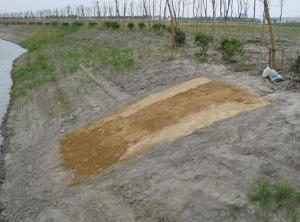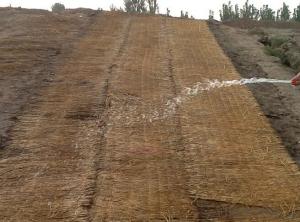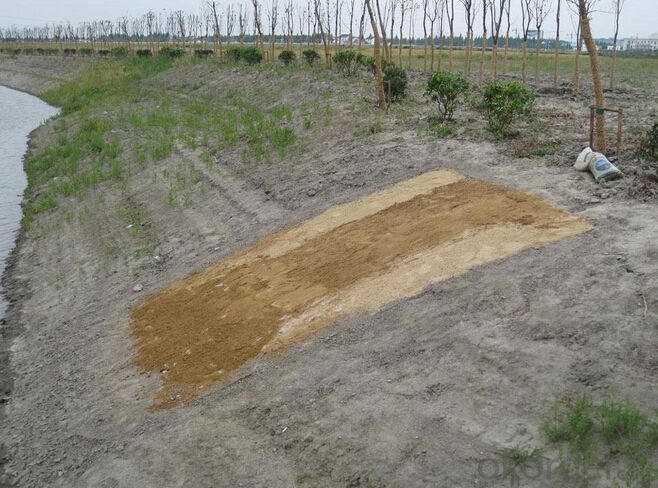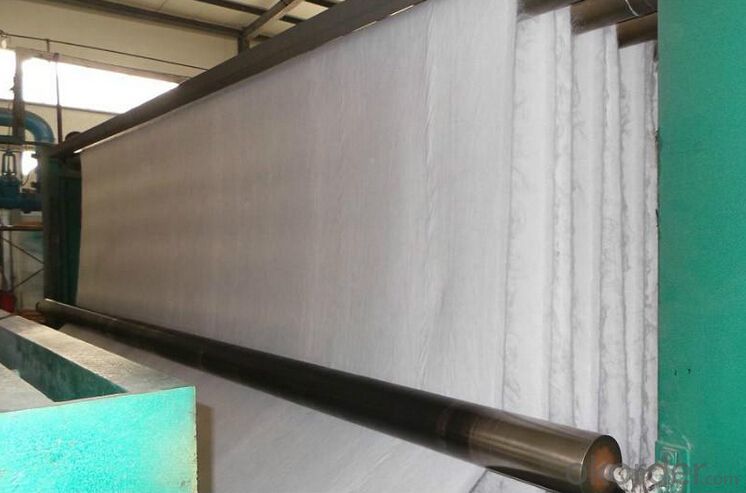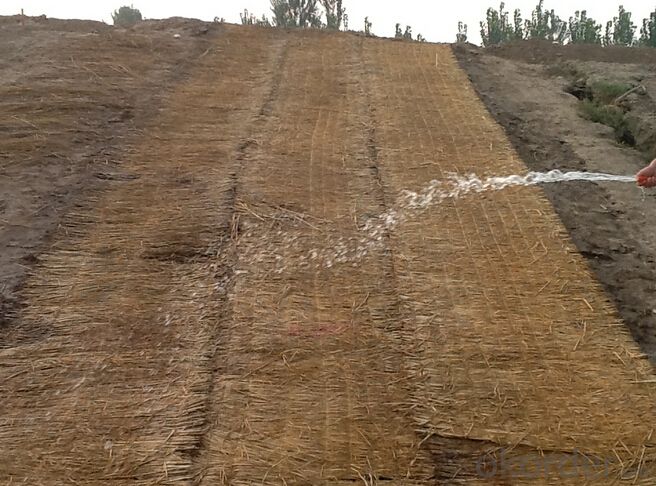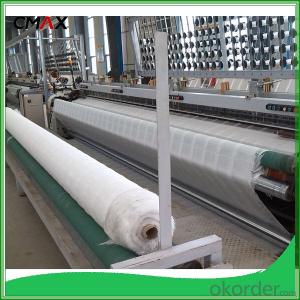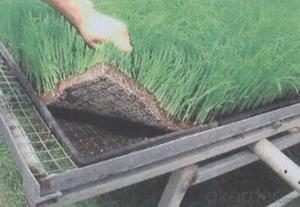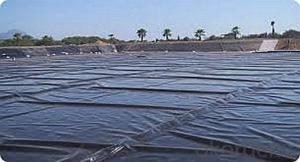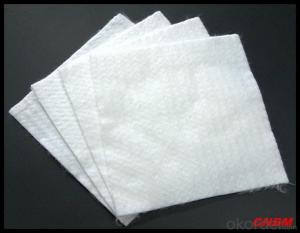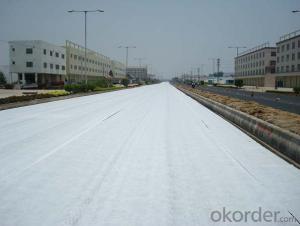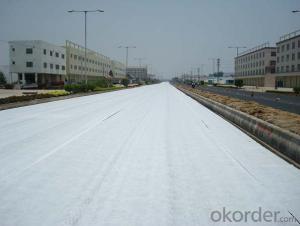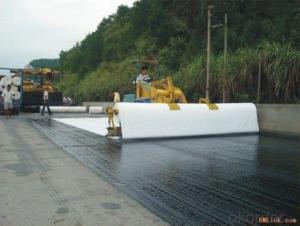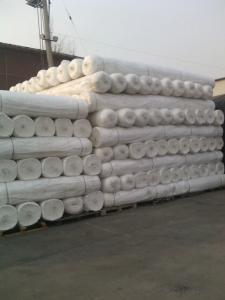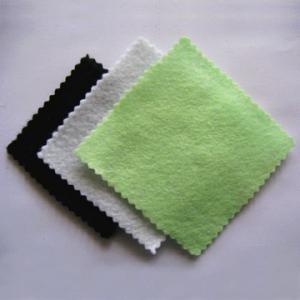High Strength Woven Geotextile - Nutrition Geotextile Geomembrane Factory Supply Direct
- Loading Port:
- Qingdao
- Payment Terms:
- TT OR LC
- Min Order Qty:
- 5000 m²
- Supply Capability:
- 2000000 m²/month
OKorder Service Pledge
OKorder Financial Service
You Might Also Like
Nutrition geotextile in water environmental engineering .
Specification:
Geotextile has excellent permeability, acquired, durability, which can be widely used in railway ,highway, movement hall,Dams,hydraulic structures hence hole, coastal shoal, reclamation,environmental protection and other projects. The main products are Synthetic staple fibers needle punched nonwoven geotextiles and split film yarn woven geotextiles.
Product Feature:
1. Simple and fast construction
2. Achieve the greening effect quickly after construction
3. Due to the grass and composite fiber fabrics become into one integration, so it has the ability of certain degree of flow resistance for the water rising before the grass survive.
4. Composite fiber fabric is a continuous structure from slope top to slope toe, both ends are fixed, has high water flow resistance.
Technical Specification
5.0 m length and 1.05 m width. Reverse side all used filter material. Grass seeds: Bermuda grass (warm season grass), Bahia grass (warm season grass), Kentucky bluegrass (cold season grass), Tall fescue grass (cold season grass), Red fescue grass (cold season grass). Plant height: 0.1 ~ 0.5 m.
| NO. | Items | Specification | Notes | |||
| 1 | Total unit area weight g/sq.m | ≥380 | ||||
| 2 | dimension | width m | 1.0~2.0 | |||
| length m | as per user’s request | |||||
| 3 | Composite fiber fabrics | Material | Polyester Fiber | High strength PET | ||
| Unit area weight g/sq.m | ≥160 | |||||
| Mesh dimension mm | 8×8 | |||||
| Extension strengh kn/m | ≥11 | MD & CD | ||||
| 4 | Filtra layer | Material | Polyester non woven geotextile | |||
| Unit area weight g/sq.m | ≥40 | |||||
| 5 | Grass seeds, Fertilizer | Type | According to actual situation choose 3~5 grass seeds | |||
| Plant height m | 0.1~0.3 | |||||
| 6 | Fiber layer | Material | wood pulp cellulose | |||
| Unit areaweight g/sq.m | ≥15 | |||||
| 7 | flow resistance | ≥4 | not allow appear scour, suction and blanket turn-over etc. damage phenomenon | |||
| M/s | ||||||
| 8 | Anti-UV strengh conservation rate % | 65~80 | 3000hrs Continuously exposure 3000hrs | |||
| 9 | Supporting spare parts | ABS fastening nail | Material | ABS Resin | Fixed between two blankets by length direction | |
| Fiber diameter mm | 35 | |||||
| Nail length mm | 325 | |||||
| Lnail | Material | Steel wire (content 10% zinc-aluminium alloy) | Used to fix single blanket | |||
| Fiber diameter mm | 4 | |||||
| Nail length mm | 200 | |||||
| ABS connecting nail | Material | ABS Resin | Used in the slope between the two blankets ( width direction) | |||
| Nail length mm | 38 | |||||
| Connecting fiber | Material | High strength Polypropylene | Used in the slope between the two blankets ( width direction) | |||
| Length mm | Cut as per request | |||||
APPLICATION:
Generally laid on the river channel, slope protection etc. slope revetment projects, to control the water erosion, soil loss, meantime can reach the effect of slope ecological restoration and landscape greening, making river back to natural.
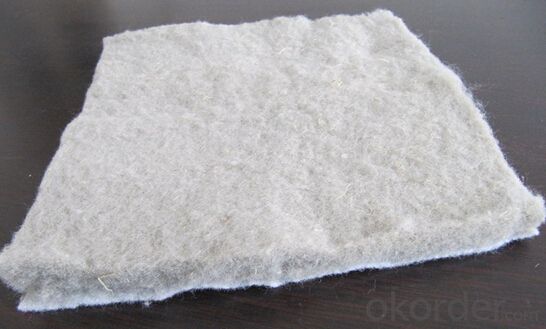
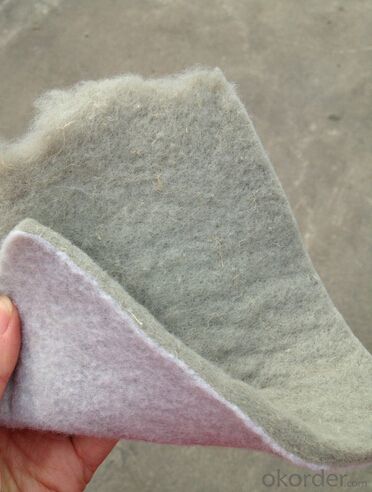
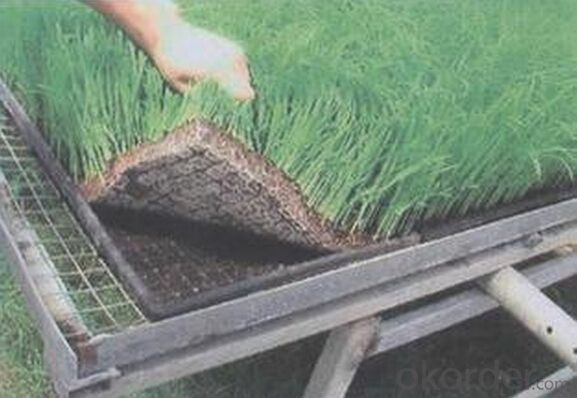
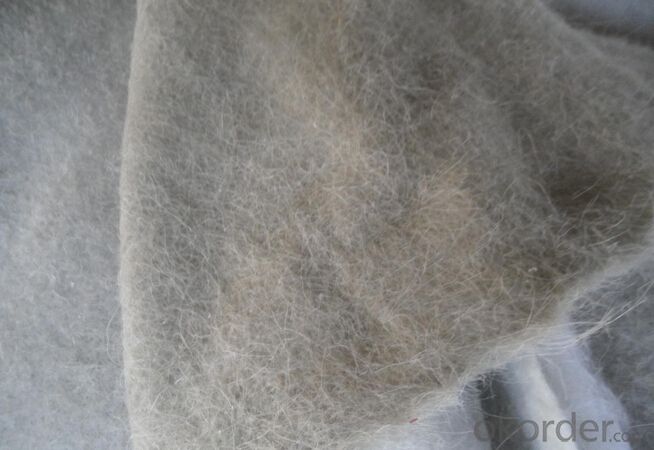


- Q: What is the purpose of using geotextiles?
- The purpose of using geotextiles is to provide a wide range of functions in different construction and engineering applications. These functions include soil stabilization, erosion control, filtration, drainage, separation, and reinforcement. Geotextiles act as a protective barrier, improving the performance and lifespan of infrastructure projects such as roads, embankments, retaining walls, and landfills.
- Q: How do geotextiles help in the reinforcement of soil?
- Geotextiles help in the reinforcement of soil by providing a stable and strong layer that enhances the soil's mechanical properties. They act as a barrier against soil erosion, distribute loads more evenly, and improve the overall stability and strength of the soil.
- Q: Introduction of filament geotextile
- The company is widely used in transportation, water conservancy, railway, highway, airport, environmental protection, tunnel, harbor beach (reclamation), river bank revetment, reservoir, landfill , Sewage treatment, power plant ash dam, oil seepage, urban lawn, waterproofing membrane and many other areas of geotextile geotextile is a kind of geotextile material, it has a reinforced, isolated filter drainage and other functions,
- Q: what is the purpose of geotextile on gabion walls.?
- Geotextiles are fabrics associated with soil, earth or rocks. Gabions were earth filled barricades meant to halt enemy fire during battle. I'm guessing geotextiles on gabion walls more effectively hold back the earth or filler. They might have well suited permeability or retentive qualities for gabions. There are a few other definitions for gabions. But this is the militaristic definition. Gabions are also used in dams and such. In this case, geotxtiles might have good properties for being submerged in water and still retaining whats inside the gabions.
- Q: How are geotextiles different from other geosynthetic materials?
- Geotextiles are a type of geosynthetic material that primarily functions as a permeable fabric used in various civil engineering applications. Unlike other geosynthetic materials such as geogrids or geomembranes, geotextiles are primarily designed to improve soil stability, filtration, drainage, and erosion control. They are typically made from synthetic fibers and have a textile-like structure, providing strength, flexibility, and high water permeability. While other geosynthetic materials may have different functions such as reinforcement or containment, geotextiles excel in their ability to separate, filter, and reinforce soil, making them unique in the realm of geosynthetics.
- Q: I was just doing anti-seepage film and geotextile clerk do not know how to find this project? add me
- Ok
- Q: Are geotextiles suitable for use in reservoir lining?
- Yes, geotextiles are suitable for use in reservoir lining. They are a cost-effective and efficient solution for preventing soil erosion, enhancing filtration, and providing stability to the reservoir's lining. Geotextiles can effectively separate different soil layers, improve drainage, and prevent the migration of fine particles, which makes them ideal for lining reservoirs and ensuring their long-term integrity and functionality.
- Q: How do geotextiles help in preventing piping in dams?
- Geotextiles help in preventing piping in dams by providing a barrier against soil erosion and seepage. They are placed in the dam structure and act as a filter to prevent fine particles from being washed away by water flow. This, in turn, reduces the risk of internal erosion and piping, ensuring the stability and longevity of the dam.
- Q: Are geotextiles suitable for use in seismic zones?
- Yes, geotextiles are suitable for use in seismic zones. Geotextiles have been widely used in construction and civil engineering projects, including those located in seismic zones. They have proven to be effective in reinforcing soil, providing stability, and mitigating the impact of seismic events. Geotextiles can help improve the overall performance of structures by reducing soil liquefaction, enhancing soil drainage, and preventing soil erosion during seismic activities.
- Q: What are the different manufacturing methods for geotextiles?
- There are several different manufacturing methods for geotextiles, including weaving, knitting, and nonwoven techniques. Weaving involves interlacing yarns to create a fabric, while knitting uses a series of loops to form the fabric. Nonwoven methods involve bonding fibers together using heat, chemicals, or mechanical processes. Each method has its own advantages and is selected based on the desired properties and applications of the geotextile.
Send your message to us
High Strength Woven Geotextile - Nutrition Geotextile Geomembrane Factory Supply Direct
- Loading Port:
- Qingdao
- Payment Terms:
- TT OR LC
- Min Order Qty:
- 5000 m²
- Supply Capability:
- 2000000 m²/month
OKorder Service Pledge
OKorder Financial Service
Similar products
Hot products
Hot Searches
Related keywords

